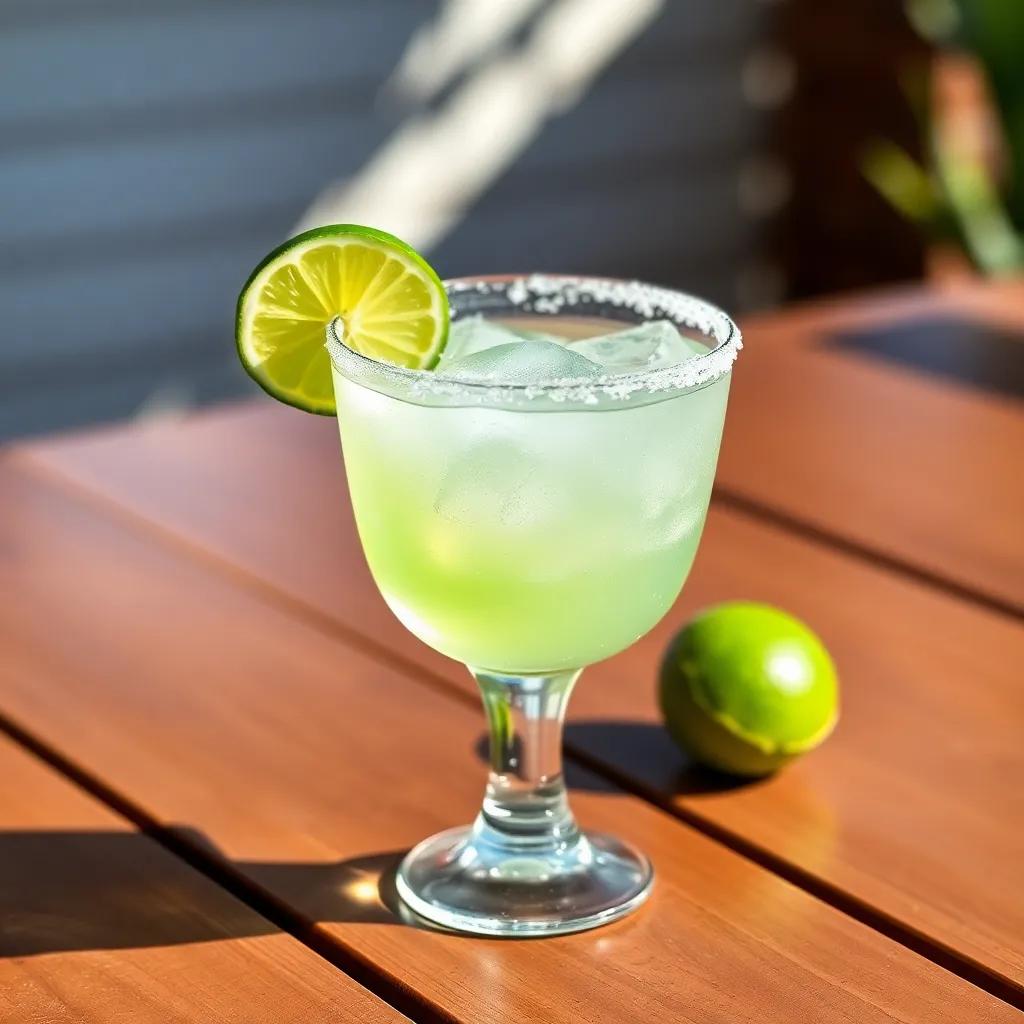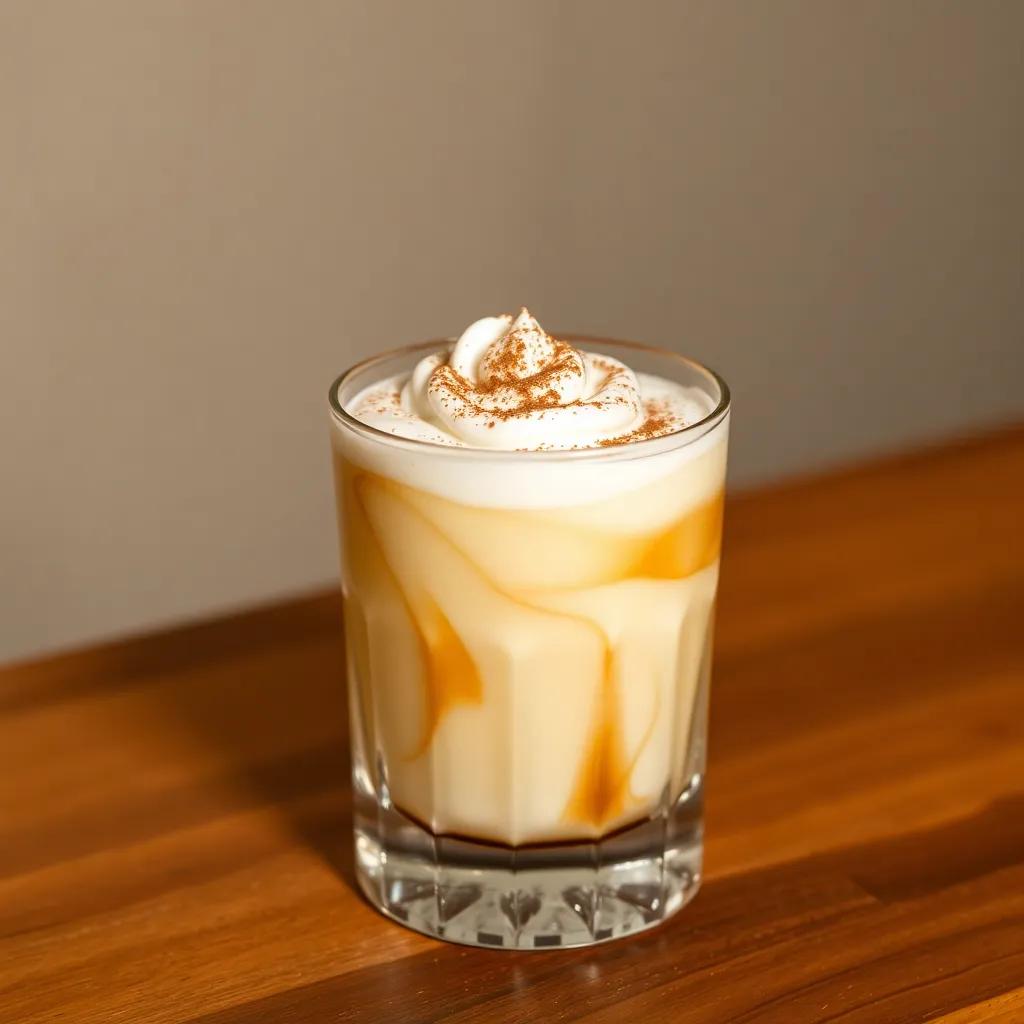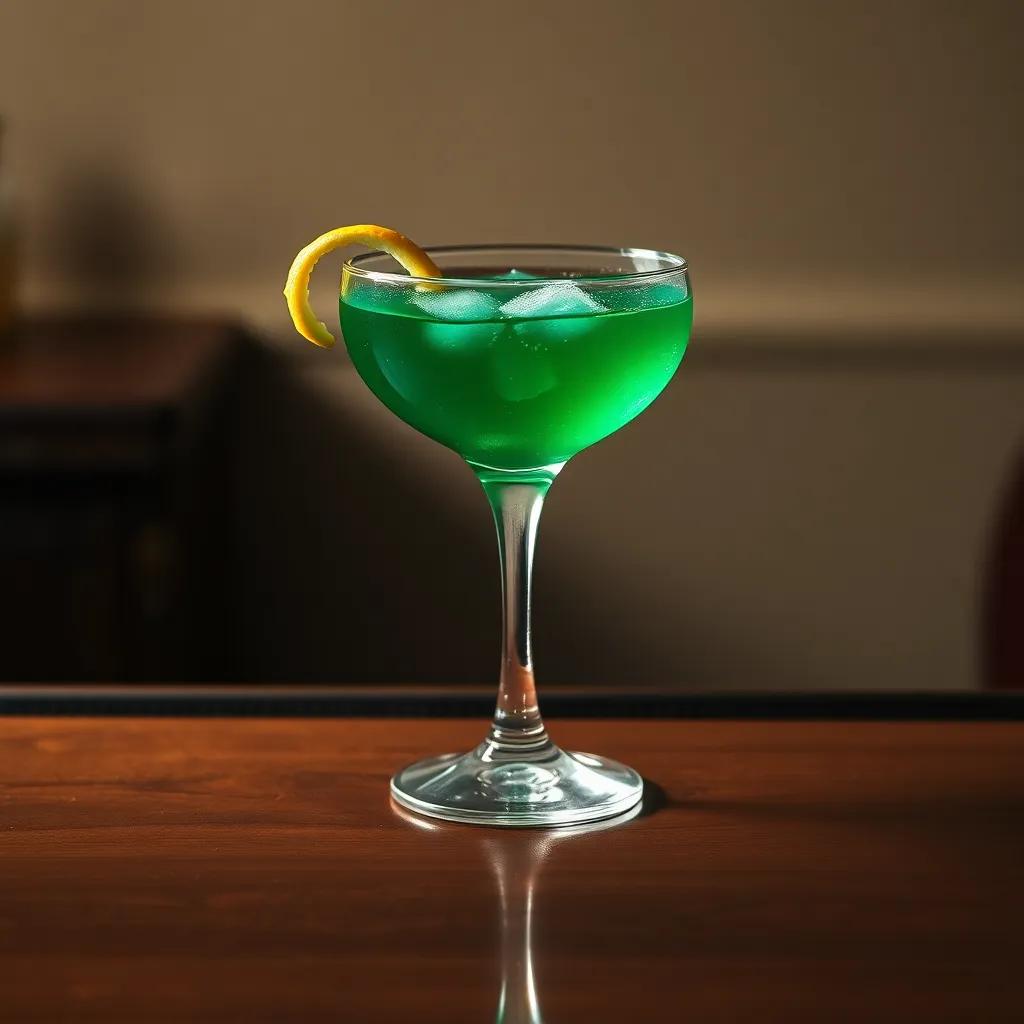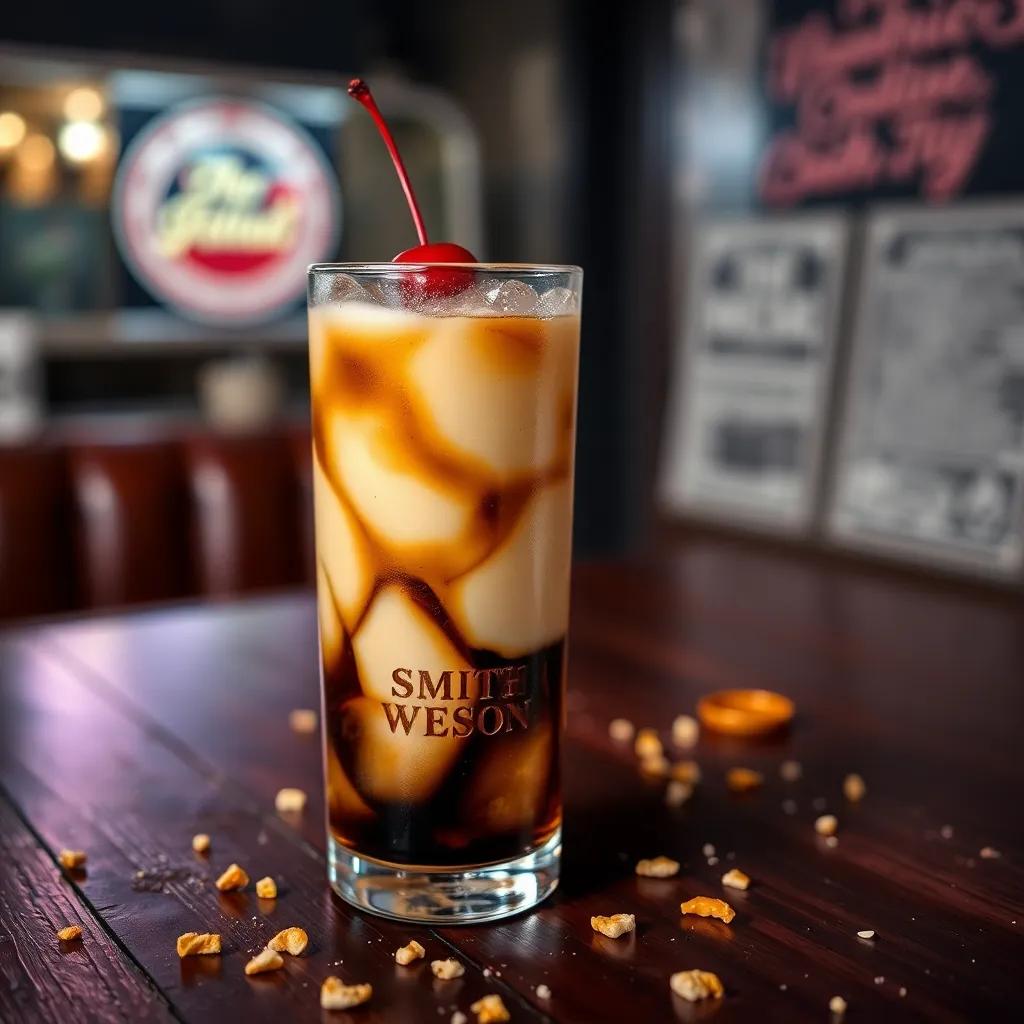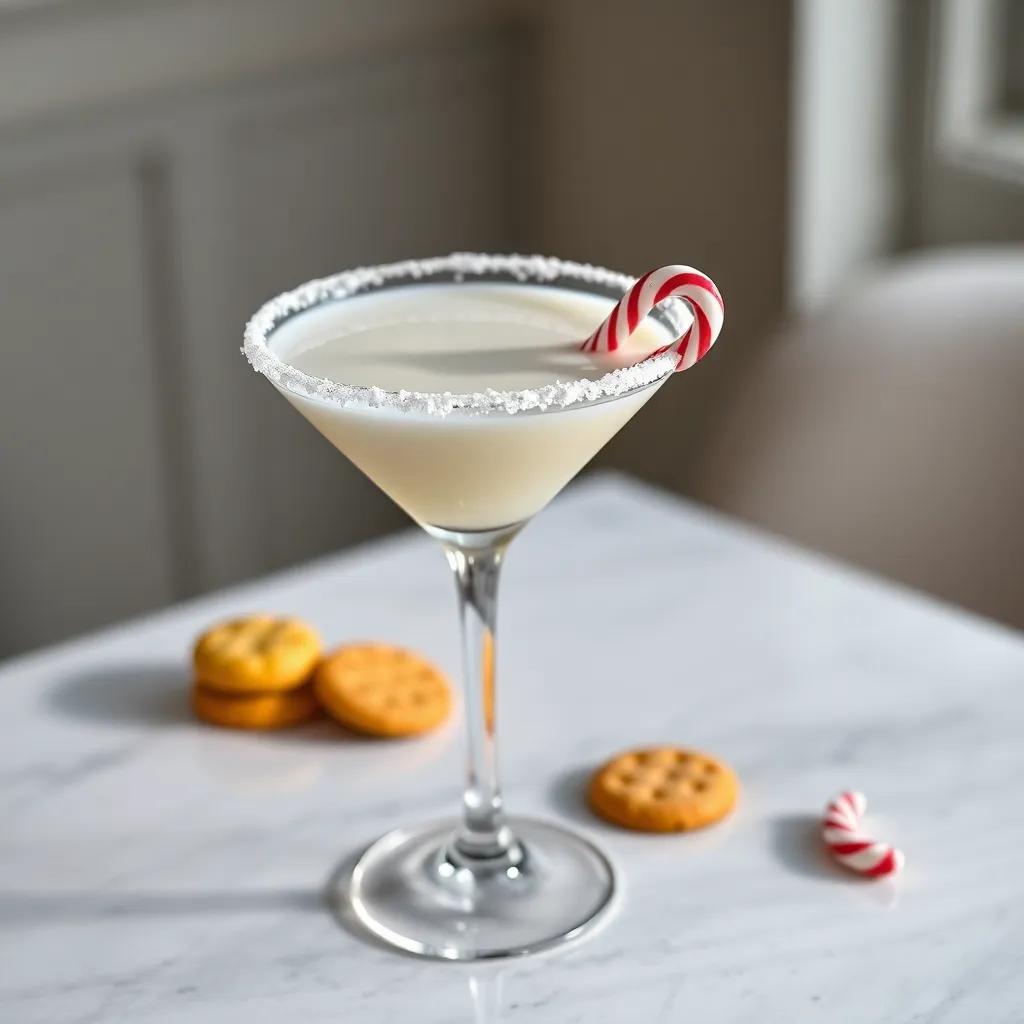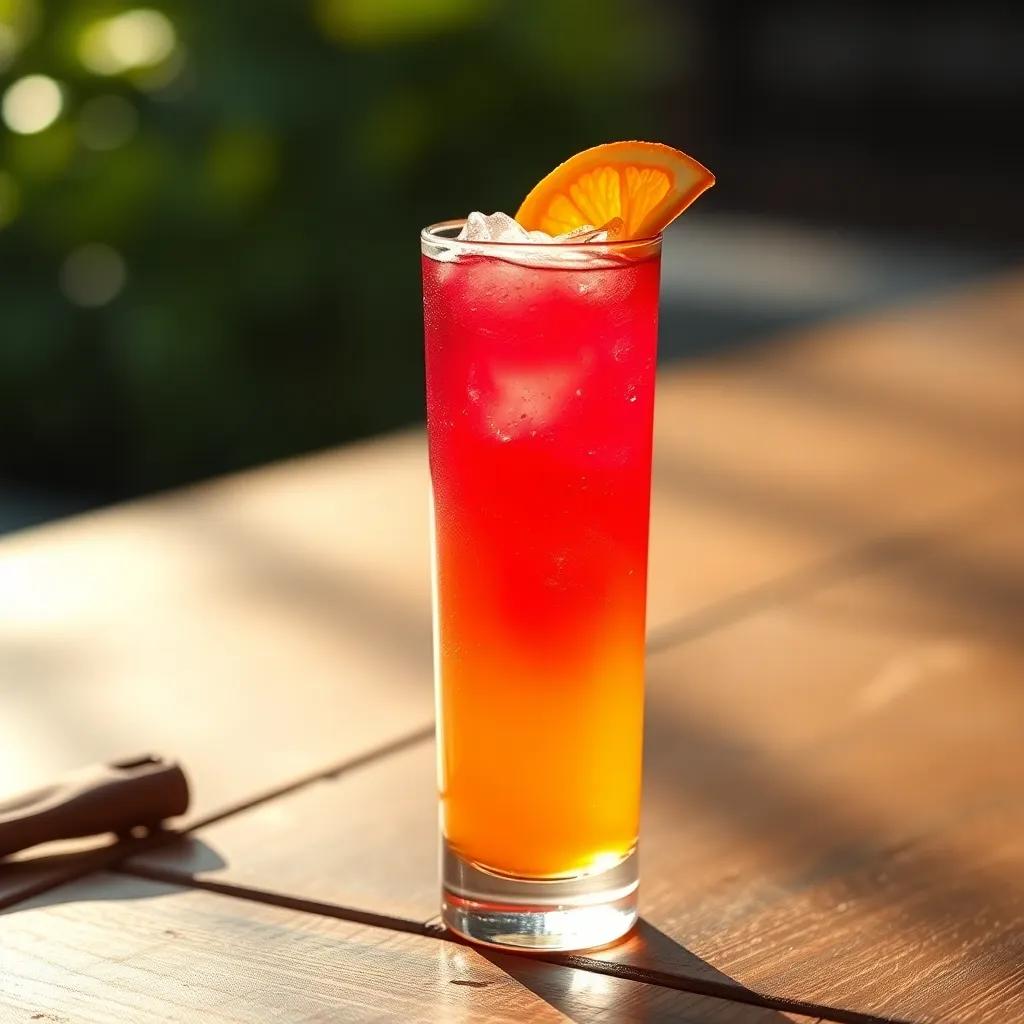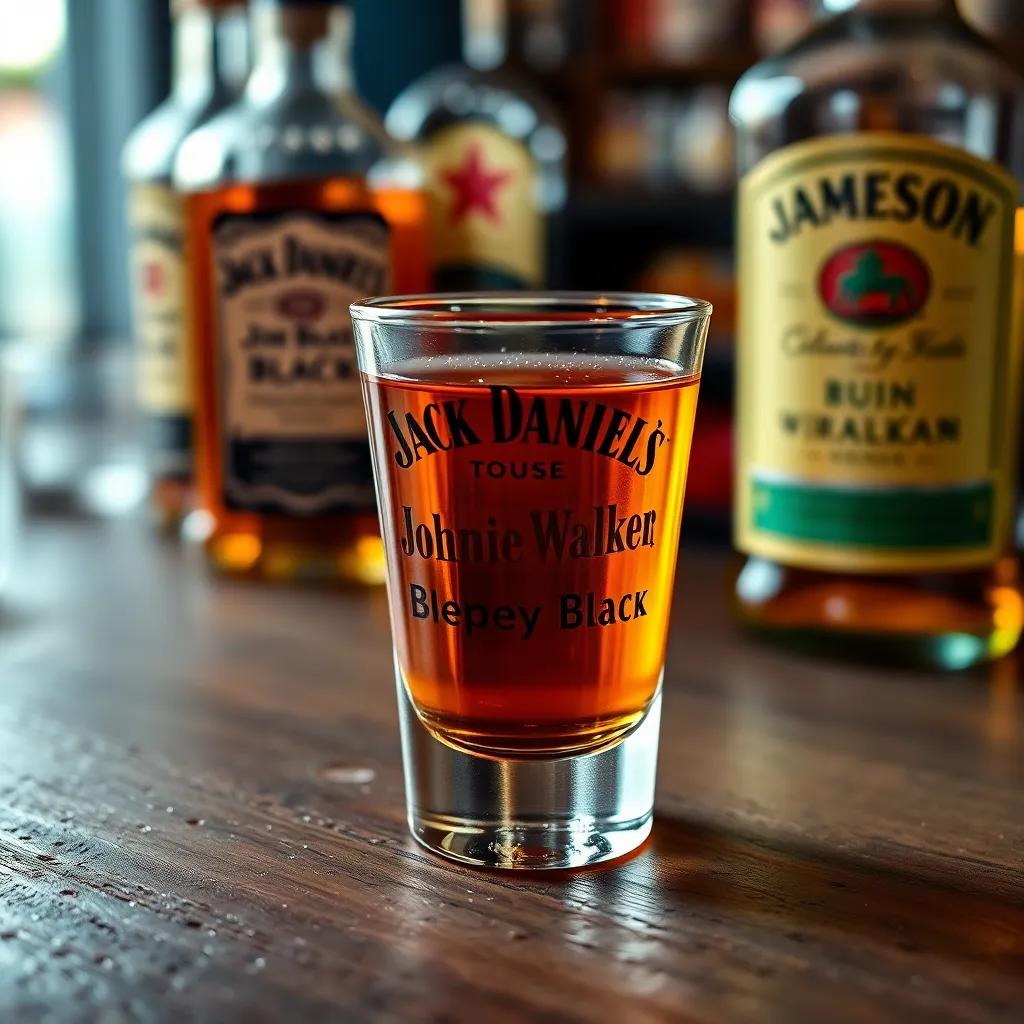
I recently found myself falling deep down a rabbit hole, all because I wanted to recreate a drink from the Prohibition era. What started as a bit of casual curiosity quickly turned into a mini-obsession with classic gin cocktails. There might not be an official “Prohibition Cocktail” listed in any mixology book, but I ended up making something that channels the speakeasy vibes of the 1920s – a twist on the classic martini that I like to imagine would’ve been served behind a secret door, jazz wafting through the haze.
Forget about complicated syrups or rare ingredients. This drink is simple, timeless, and extremely satisfying – just gin, vermouth, and a few dashes of bitters. It’s the kind of cocktail that feels both sophisticated and effortless, which is probably why it never goes out of style.
Strength & Profile
Note: You can tap on flavors, occasions, and feels to view more similar cocktail recipes.
A little history here – Prohibition (from 1920 to 1933) gave birth to a whole slew of cocktails that are now considered essentials. Since high-quality liquor was hard to come by, bartenders had to get creative, layering in aromatics and mixers to soften the rougher edges of those infamous “bathtub gins.” Drinks like the Southside, the Bee’s Knees, and the Mary Pickford all came out of that necessity to make the best of what little there was.
For my version, I wanted to keep things uncomplicated and true to that spirit. I’ll admit, the first time I tried this, I absolutely drowned it in vermouth (classic beginner move!). A few more attempts – and taste tests – later, I landed on a ratio that felt genuinely vintage: just enough vermouth to smooth things out without overpowering the gin.
Ingredients
- 2 ounces gin (nothing fancy, but try to use something you enjoy sipping)
- 1 ounce dry vermouth
- 2 dashes orange bitters
- Lemon peel, for garnish
Instructions
Start by filling a mixing glass with fresh, cold ice. I can’t stress this enough – ditch those weird little freezer-burned cubes that taste like mystery leftovers.
Next, pour in the gin and vermouth. When I first started, I was a stickler about measuring, but now I just eyeball about two parts gin to one part vermouth. There’s a certain freedom in trusting your instincts.
Add in the dashes of orange bitters. This is what sets it apart from just being another dry martini – it adds a subtle complexity that makes people stop and ask, “What’s in this?”
Stir gently for around 30 seconds. Resist the urge to shake – this isn’t a Bond movie, and you don’t want to cloud the drink or “bruise” the gin. Stirring keeps it beautifully clear and silky.
Strain the drink into a chilled glass. I usually reach for a coupe because it just feels right (and a little Gatsby-ish), but a martini glass does the trick if that’s what you have.
Take a strip of lemon peel and run it around the rim of the glass before dropping it in. That extra hit of citrus oil really wakes everything up.
As for what to serve with it? Salty snacks – think olives, almonds, or even a handful of fancy chips – make the botanicals in the gin pop. If you’re feeling ambitious, try it with oysters or shellfish. There’s something magical about those pairings.
Don’t be afraid to play with the balance depending on what you like. More gin if you want a stiffer drink, more vermouth if you crave something a little mellower. I’ve even swapped in Angostura bitters for a spicier kick when I ran out of orange.
If you’re looking out for your non-drinking friends, Seedlip (or another non-alcoholic spirit), topped with tonic and a dash of bitters, gets surprisingly close to the vibe of the original.
Honestly, this isn’t the drink I throw together when I’m in a hurry. It’s what I make when I want a little ritual and a moment to slow down – something about the repetitive swirl of the spoon, the clink of ice, and that first cold sip just feels restorative.
So next time you have friends over, skip the usual bottle of wine and break this out instead. There’s something special about seeing someone light up when they taste a classic cocktail, made properly, for the very first time.


